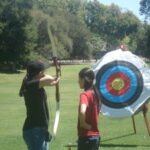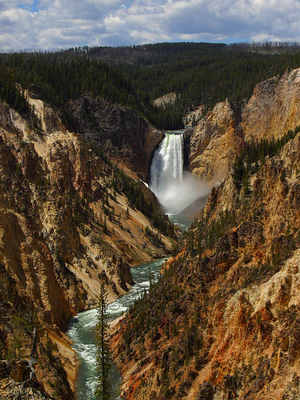Ever wonder how to tune your recurve bow? Do you have an old Bear, Browning, or Ben Pearson recurve bow that you would like to shoot, but are unsure as how to tune them. Contained in the following paragraphs are a few simple ways to maintain and tune a recurve bow to provide excellent arrow flight.
Can’t I Just Shoot My Arrows for my Compound bow in My Recurve Bow?
The short answer is no! A recurve bow is a different animal all together. Most modern day arrows are fletched with plastic vanes, which do not lay down well when the arrow crosses the shelf of a recurve bow. This causes the arrow to kick as it comes off the shelf.
Secondly, the stiffness of the arrow shaft, referred to as spine, will likely be different for a compound when compared to even a similar weight recurve bow. This difference in spine may result in an arrow that “porpoises” a lot as it comes off the shelf, or it may result in an arrow that is too stiff. The end result is a poorly tuned recurve bow that does not impart all its energy to the arrow and is difficult to shoot accurately.
So How Do I Tune My Recurve Bow for Good Arrow Flight.
The first step in tuning the recurve bow is adjusting the string height from the riser. Most recurves like a string that is somewhere between 7 inches and 9 inches from the deepest portion of the handle grip. You may twist the string to increase this distance, or untwist to shorten this distance. Play with this while shooting a few arrows until the bow feels pleasing to shoot. Don’t worry about where the arrows are going at this point.
The next step in tuning a recurve bow is adjusting the spine of the arrow. You will need an assortment of arrow points ranging from 100 grains to 200 grains. Use a bare shaft (one without feathers) cut two inches longer than your draw length. Start with a 100 grain point and shoot into a straw bale from approximately 10 yards. If the arrow flies too stiff (arrow sticks in bale with nock pointing right) then replace the tip with a heavier tip and try again. When the arrow tip becomes to heavy the arrow spine will become weaker and eventually, with heavier and heavier points, the arrow will begin sticking in the bale with the nock pointing left. Depending on where you end up, you may also try shortening the arrow a little to make it fly a little stiffer. The goal is to get the arrow to stick straight into the target.
The final step in tuning the recurve bow is adjusting the nock height. If the arrow sticks in the bale with the nock pointing up, you need to lower the nock point a little. Do so until the arrow strikes perfectly true. I find, following this procedure, that arrows from my personal recurve will fly true at distances to twenty yards and farther without fletchings or vanes! When you do finally fletch the arrows, stay with feathers as they will shoot cleaner off the rest.
That’s How to Tune a Recurve Bow for Good Arrow Flight.
It is absolutely imperative to good arrow flight that your recurve bow be accurately matched to its arrows. The final test of the bow arrow combination is shooting. A well-tuned bow and arrow combination should result in an arrow that flies exactly to the mark looked at by the archer. Hitting items as small as a dime at ten yards should not be a problem with consistent practice. For more on shooting see the following article.


